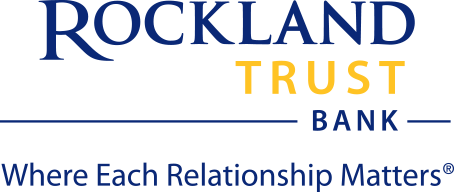Written by Steve Andrews

Today, the next recession remains at least six months away, as it was a year ago. US GDP grew for a seventh straight quarter in Q1, even though the rate of growth slowed from 2023’s strong 3.1% performance. The outlook for this quarter (Q2) sees GDP growth rebounding from 1.3% in Q1 to somewhere close to 3.0%. While this shows a bit of a slowdown from the second half of last year, it's better than the no-growth scenario most economists predicted for the first half of this year.
Federal Reserve and Interest Rate Outlook
Six months ago, at last December’s FOMC meeting, the Fed hinted that rate hikes were over and that 2024 would likely see three rate cuts. At the same time, the markets, expecting a recession to arrive at any moment, projected six rate cuts by the end of the year. The recession has yet to arrive, but sticky inflation in Q1 dramatically lowered the odds for multiple rate cuts. In addition, the better-than-expected growth in 2024, thus far, has also helped to keep the Fed’s first interest rate cut in over 5 years at arm’s length. One would expect that growth would continue given the strength of the US consumer who has done the lion’s share of the work in keeping the economy afloat over the past 15 months. For the year, GDP is expected to grow about 2.5% in 2024 before easing slightly to 2.25% in 2025.
Consumer Spending and Household Finances
US consumer spending has been backstopped by a strong job market and rising wages, but it has also been supported by record US Household Net Worth (HHNW). At the end of March, HHNW had risen 3.3% ($5.1 trillion) from Q4 to $160.8 trillion, led by rising financial assets (up $3.8 trillion), and real estate values which rose by nearly $900 billion. Household debt is rising as well but, as a percentage of disposable incomes, it remains near 40-year lows. Delinquencies are also rising but remain below pre-pandemic levels. Mortgage debt rose 2.1% (annualized) in Q1, while non-mortgage debt rose 1.8% and business debt outstanding rose 4.0%.
Labor Market Dynamics and Employment Data
On the job front, US nonfarm payrolls rose 272,000 in May, with average hourly earnings climbing 0.4% - up 4.1% from a year ago – and staying ahead of inflation. Total hours worked rose 0.2% and were up 1.3% from May 2023. There were some blemishes in the report. The separate Household Survey of smaller businesses and startups (from which the unemployment rate is calculated) showed a drop of 408,000 jobs last month and the labor force declined by 250,000. Combined, these nudged the unemployment rate up to 4.0% for the first time since January 2022. Meanwhile, the broader U-6 unemployment rate (a measure of labor underutilization that includes different types of unemployed and underemployed workers) held steady at 7.4% and the labor force participation rate fell to 62.5% from 62.7%.
There's been some disparity between the two surveys where nonfarm payrolls have grown 2.8 million over the past 12 months, while the household survey shows just a 400,000 gain. Both sets of data have undergone numerous revisions after the initial reports and part of the differences may have to do with the immigrants that have joined the US workforce. Some believe that the household survey fails to capture immigrant workers, but the divergence between the two measures of employment could also point to a true drop in employment that precedes a recession. For now, the bulk of economic data suggests otherwise. A significant portion of the softness in the household survey was in the 16 to 24 age group, but labor force participation among prime-age workers (25 - 54 years) hit a new high of 83.6% in May.
Market and Financial Indicators
High interest rates have not derailed the economy because there are abundant excess bank reserves in the system – thus abundant liquidity. Liquidity in the financial system typically dries up before a recession. Credit spreads on corporate bonds and interest rate swaps both remain historically low, which indicates that systemic risk to the financial system is quite low. Meanwhile, disinflation has boosted confidence in the economy and that has led to more corporate investment and higher productivity. US productivity rose to a 3-year high (2.9%) in Q1 and that has dampened unit labor costs down to just a 0.9% increase from year-ago levels.
Lower inflation and higher productivity are what’s behind the rise in stock prices. Growth is slowing but remains above the 2.1% average GDP growth we saw in the decade following the Great Recession. History doesn’t repeat itself, but it often rhymes.





